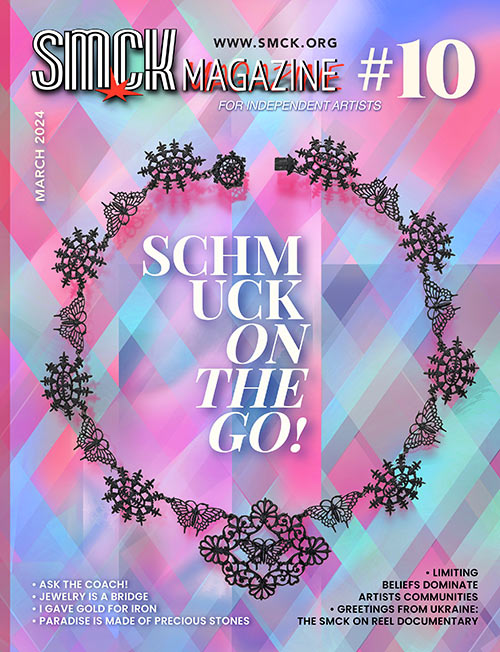WE ARE ALL NETWORKERS COLLECTING, STORING AND SHARING KNOWLEDGE
ARTIST, EDUCATOR AND WRITER BARBARA SCHMIDT ON SCHMUCK AS A GRASSROOTS MOVEMENT AND INCUBATOR OF SYNERGIES.
Interview by Loukia Richards
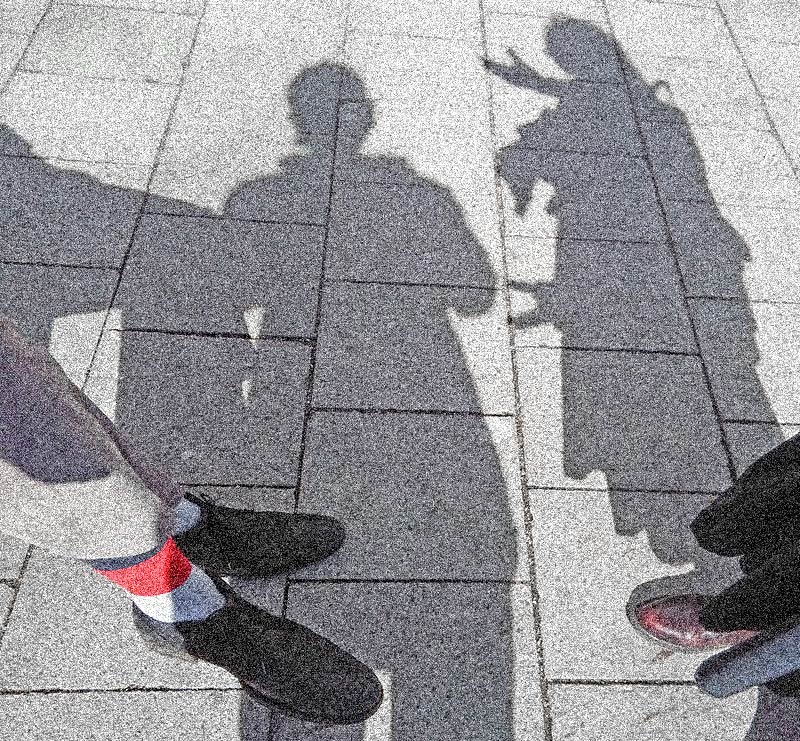 Street scene during Munich's Schmuck. Photo: Chr. Ziegler.
Street scene during Munich's Schmuck. Photo: Chr. Ziegler.
An acclaimed artist, educator, interdisciplinary writer, and synergy builder, Barbara Schmidt is the consummate multitasker. She was recently appointed the new head of the cultural department of Handwerkskammer (Chamber of Crafts for Munich and Upper Bavaria). The Chamber runs the international crafts fair IHM that hosts the reputable jewelry show Schmuck and its prestigious Herbert Hofmann awards.
Thanks to the Handwerkskammer's consistent initiatives and expertise, every spring, since 1959, Munich is transformed into the world capital of author jewelry. SMCK Magazine asked Barbara Schmidt about her plans to boost art jewelry's popularity and Schmuck's resonance.
SMCK: What are your plans and priorities for the first 100 days in your new position?
BARABRA SCHMIDT: I am very happy to continue the high quality cultural work of the Handwerkskammer. We will make our work more sustainable and communicate more intensively the thoughts and ideas that are its foundations. We will publish a Reader for the jewelry exhibition at Galerie Handwerk during Schmuck 2024. It explains the curator's concept and allows exhibitors to talk about their work.
So if one misses the show, he or she can keep track of it later. This way we also strengthen our own belief that we are all networkers and benefit from exchanging views and information. This would subsequently create a knowledge archive that can also be used in research.
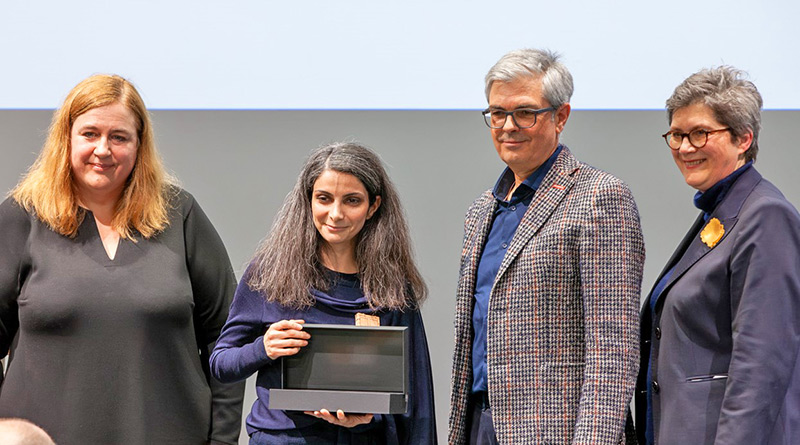 Herbert Hofmann Prize 2024 winner Azin Soltani (2nd from left), Prof Karen Pontoppidan, Dieter Dohr, Barbara Schmidt. Photo: Eva Jünger.
Herbert Hofmann Prize 2024 winner Azin Soltani (2nd from left), Prof Karen Pontoppidan, Dieter Dohr, Barbara Schmidt. Photo: Eva Jünger.
SMCK: Germany has both a long history but also an amazing creative potential in crafts. This is important for shaping contemporary aesthetics, for the economy, and the country's image. Yet compared to state initiatives in the Netherlands, the Scandinavian countries, or the UK, the important role crafts can play remains misunderstood. Why are crafts and applied art treated like a 'stepchild' by the German state compared to the generous funding for fine art? What can be done to change this mindset?
BARABRA SCHMIDT: Maybe it is interesting to mention that Handwerkskammer is not under the Ministry of Culture, but is funded by the Ministry of Economy. A large share of the support we get from the ministry is called "professionals' funding," meaning that our activities should benefit small and medium enterprises first. In addition, the very generous Danner Foundation, a private institution, supports Bavarian crafts.
Some people would think it is a pity that while many royal families in the countries you mention feel obliged to support their national crafts sector, there are no royal families anymore in Germany.
I suppose we need to have a stronger public presence that will shape consumers who appreciate and honor crafts and are aware of the quality and knowledge involved
SMCK: Schmuck plays a central role for jewelry collectors and artists/designers. Accordingly it enjoys considerable prestige. However, even within the German cultural sector, the special show Schmuck remains relatively unknown. How can you improve its communication and publicity?
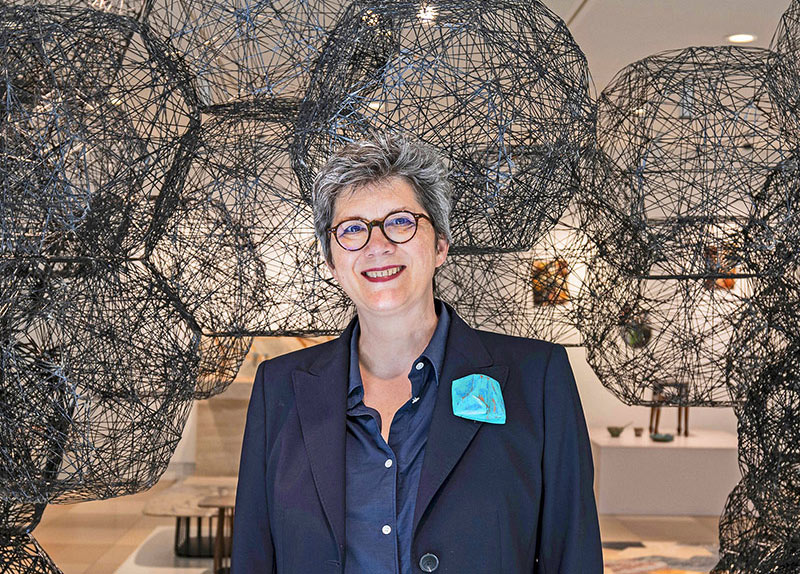 Portrait of Barbara Schmidt. Photo: Michael Schuhmacher.
Portrait of Barbara Schmidt. Photo: Michael Schuhmacher.
BARABRA SCHMIDT: The international Crafts Fair that hosts the special show Schmuck is visited by approximately 90,000 people every year. Since 2004, our colleague Eva Sarnowski produces a flyer that lists all exhibitions that take place in the city around the Schmuck show. In the meantime, the number of city exhibitions and events has grown to approximately one hundred. The former two-page flyer is now a small catalogue funded by Handwerkskammer and free to download.
TV news, print media, and internet sites promote SCHMUCK. Perhaps the smaller players should increase their efforts to promote their work through their own communication channels.
Last year the City of Munich through its Culture and Creative Economy Initiative – and with assistance and support from various sponsors such as Danner Foundation, Handwerkskammer, Goldsmiths Association, Bavarian Crafts Association, Publishing House Arnoldsche and Galerie Scheytt – opened the SCHMUCK Info Point. At this pop-up store located near Munich's trademark Marienplatz, locals and visitors are kept updated on Schmuck events. The City of Munich also awards a jewelry prize every two years. The Akademie der Bildenden Künste, various venues that the City of Munich makes avalaible – the Kunstarkaden, Orangerie at English Garden – and various cultural institutes such as the Czech Republic institute also focus on the same theme. Many players contribute to this event with their own capacity and encourage the dialogue on jewelry.
Schmuck Munich has also inspired visitors to promote jewelry art in their own cities. Schmuck Is a grassroots movement, and this constitutes its amazing charm and its enchanting effect. We welcome all these initiatives! The more Schmuck we have, the better!
SMCK: Jewelry artists do not often come into contact or get work commissioned from jewelry houses or well-known luxury and jewelry brands. Why do you think there is a gap between jewelry art and design of luxury objects?
BARABRA SCHMIDT: The goals of SCHMUCK regarding so-called authors' jewelry are surely different from those of brands owned by shareholders. However, one cannot deny that the ideas of the creatives inspire designers working in the luxury sector.
In the art academies, one looks down on the topic of commissioned work. Nevertheless one can see how the essence of creative concepts inspires the whole field over the decades. Unfortunately, luxury labels are directed by marketing that enables the reduction of this precious essence to best-selling shower gels.
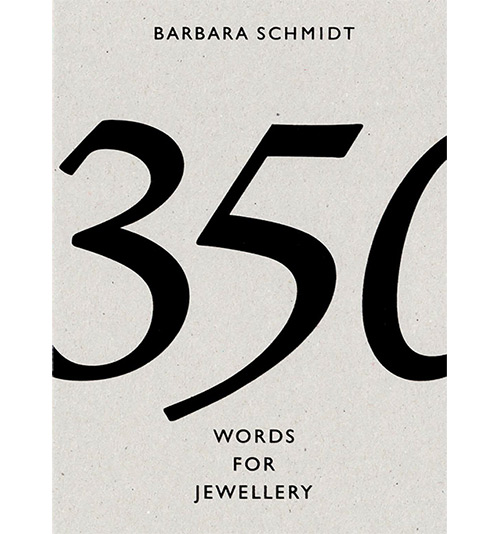 350 Words For Jewellery
350 Words For Jewellery
Barbara Schmidt's etymological study of 75 different languages with 350 words related to jewelry is a must-read! The research reveals that through this linguistic analysis we can virtually watch our ancestors thinking and wearing jewelry. Our language shapes our understanding of jewelry today.
LINKS:
www.ihm-handwerk-design.com
www.barbara-schmidt-schmuck.de







